A growing controversy is engulfing the U.S. biomedical research community after new federal oversight policies on “gain-of-function” (GOF) experiments led to the suspension of multiple tuberculosis (TB) studies funded by the National Institutes of Health (NIH). Researchers warn that the decision could cripple vital work on one of the world’s deadliest infectious diseases, jeopardizing progress toward new treatments, vaccines, and diagnostic tools.
A Broad Definition That Changed Everything
The uproar stems from the Biden administration’s implementation of a sweeping executive order on biosafety earlier this year, which required all U.S. federal agencies to identify and halt potentially “dangerous” gain-of-function experiments. The intention was to strengthen safety and accountability for research that could theoretically make pathogens more transmissible or virulent — concerns that have been heightened since the COVID-19 pandemic.
However, NIH’s interpretation of that directive has gone far beyond what scientists expected.
Researchers say the agency has used an overly broad definition of gain-of-function, categorizing even low-risk and routine genetic studies as potentially hazardous.
In practical terms, this means dozens of ongoing NIH-funded TB research projects have been paused or frozen for review, even though many do not involve enhancing pathogens at all. Instead, they involve standard genetic modifications — such as disabling bacterial genes or inserting harmless antibiotic-resistance markers — that are essential tools in modern microbiology.
Tuberculosis: A Disease That Can’t Wait
The timing of these suspensions could not be worse. Tuberculosis remains a leading infectious killer, responsible for more than 1.3 million deaths globally each year, according to the World Health Organization. Drug-resistant TB is spreading faster than expected, threatening decades of medical progress.
For TB scientists, the NIH action feels like a bureaucratic overreach that misunderstands how their work operates.
Many TB studies involve the pathogen Mycobacterium tuberculosis (M.tb), but they are conducted under strict biosafety level 3 (BSL-3) containment — labs designed to prevent any risk of community exposure. Researchers emphasize that most genetic manipulations they perform weaken the bacteria rather than make it more dangerous.
One scientist whose funding was recently suspended called the NIH’s decision “scientifically illiterate and devastating.” She explained that her team was studying how TB bacteria survive inside human immune cells — an essential question for developing new treatments. “We’re not making anything more virulent,” she said. “We’re making it less so, to understand how it works.”
Confusion and Collateral Damage
The NIH has yet to issue clear criteria for which experiments qualify as gain-of-function under the new rules. That ambiguity has caused widespread confusion among researchers and institutional biosafety officers.
Some of the halted projects were years into data collection, employing graduate students, technicians, and postdoctoral researchers who now face uncertain futures.
For labs reliant on continuous grant funding, even temporary suspensions can lead to layoffs, lost samples, and derailed clinical collaborations.
Institutions like the University of Pittsburgh, Johns Hopkins University, and Harvard reportedly have TB-related programs now under review. In some cases, scientists were informed only through generic suspension notices, with little explanation beyond “potential GOF concerns.”
This administrative paralysis, critics argue, threatens to undo years of progress in understanding TB biology just as global health agencies were preparing to ramp up eradication efforts.
A Clash Between Safety and Science
Supporters of the policy say it’s better to err on the side of caution. The specter of laboratory accidents — even rare ones — remains politically charged. High-profile debates over whether SARS-CoV-2 might have leaked from a lab have placed new pressure on federal agencies to ensure full transparency and accountability in biosafety practices.
But the push for tighter oversight is clashing with researchers’ warnings that excessive caution could do more harm than good. TB scientists argue that their work doesn’t meet the classic definition of gain-of-function — research that intentionally enhances a pathogen’s capacity to cause disease in humans.
They contend that lumping TB studies into this category creates a false equivalence between genuine dual-use research (such as influenza transmissibility experiments) and standard microbiological work designed to reduce the bacterium’s virulence.
One senior researcher likened the policy to “calling every car a weapon because it has an engine.”
The Impact on Public Health
If the current freeze on NIH funding persists, the consequences could extend far beyond laboratories. TB experts warn that:
- New drug discovery efforts may stall, leaving multidrug-resistant strains unchecked.
- Vaccine development trials could face long delays, pushing back timelines for the first new TB vaccine in a century.
- Global collaborations — especially with research centers in Africa and South Asia — may collapse due to U.S. funding restrictions.
The fallout could be particularly dire in countries where TB remains endemic. Without strong U.S. leadership in biomedical innovation, the global response risks losing critical momentum just as drug-resistant variants gain traction.
Scientists Demand Clarity and Reform
Leading biomedical groups are now urging NIH and the White House to revisit how gain-of-function is defined and applied.
They argue that the agency should distinguish between truly high-risk experiments — such as those involving viral recombination or transmissibility testing — and research that simply involves manipulating existing pathogens for non-enhancement purposes.
Several organizations, including the Treatment Action Group (TAG), have issued open letters to NIH Director Dr. Monica Bertagnolli, demanding transparency in the review process and the reinstatement of paused TB grants.
“There’s no public safety benefit in freezing low-risk research that could save millions of lives,” one letter reads. “We’re creating a chilling effect that will discourage young scientists from entering infectious disease research altogether.”
The Bigger Picture: Science Under Scrutiny
The tuberculosis controversy reflects a deeper struggle in the post-pandemic era: how to regulate potentially risky research without undermining scientific innovation.
The U.S. government, facing public skepticism about lab safety, is under pressure to show it’s acting decisively. But in doing so, it may have drawn the net too wide — capturing work that poses minimal danger yet enormous public health benefit.
The coming months will determine whether NIH adjusts its policy or doubles down. Many expect that appeals from TB researchers and institutions will push the agency to refine its definitions and reauthorize halted projects. Others fear a drawn-out bureaucratic process that could stall life-saving science indefinitely.
For now, one thing is clear: as the world battles a resurgence of tuberculosis, the last thing the scientific community can afford is a freeze on progress.



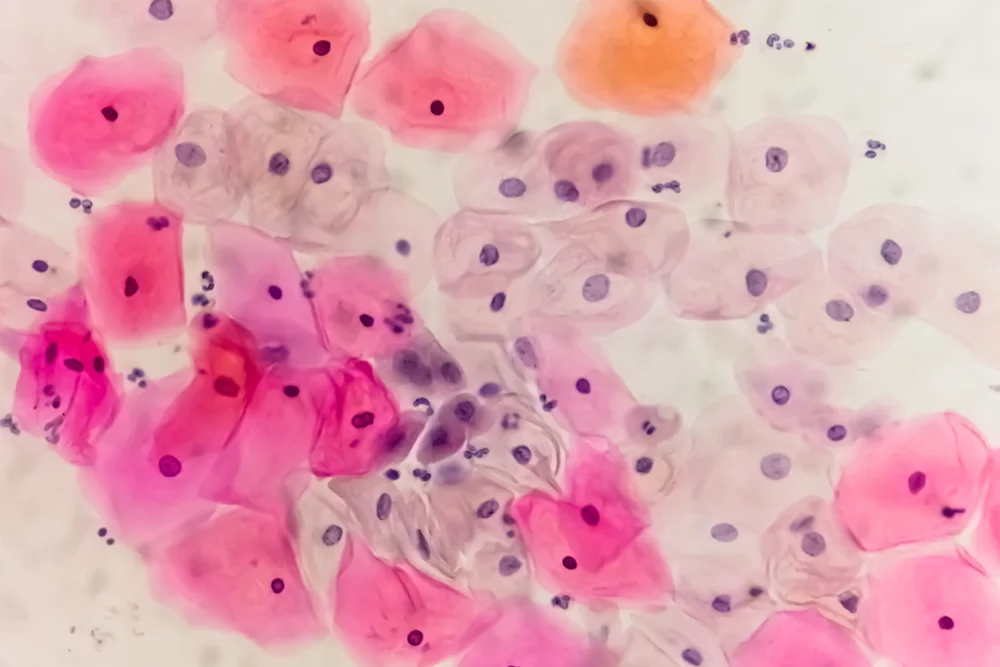


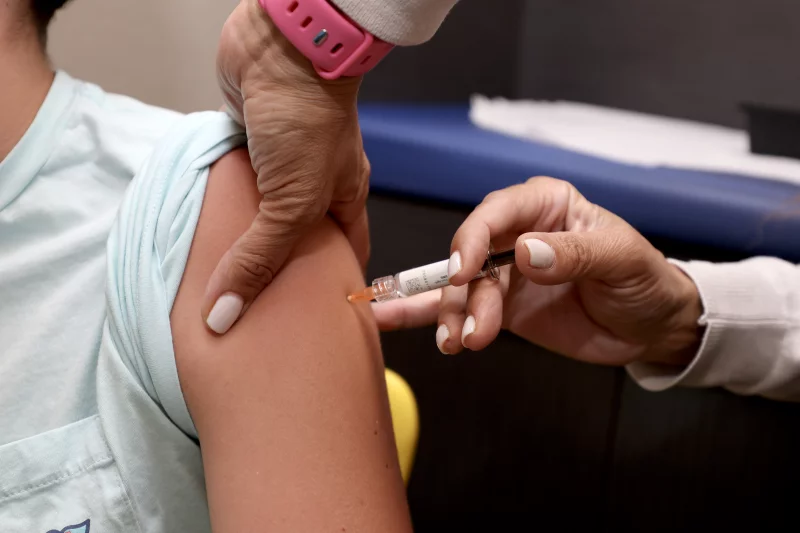
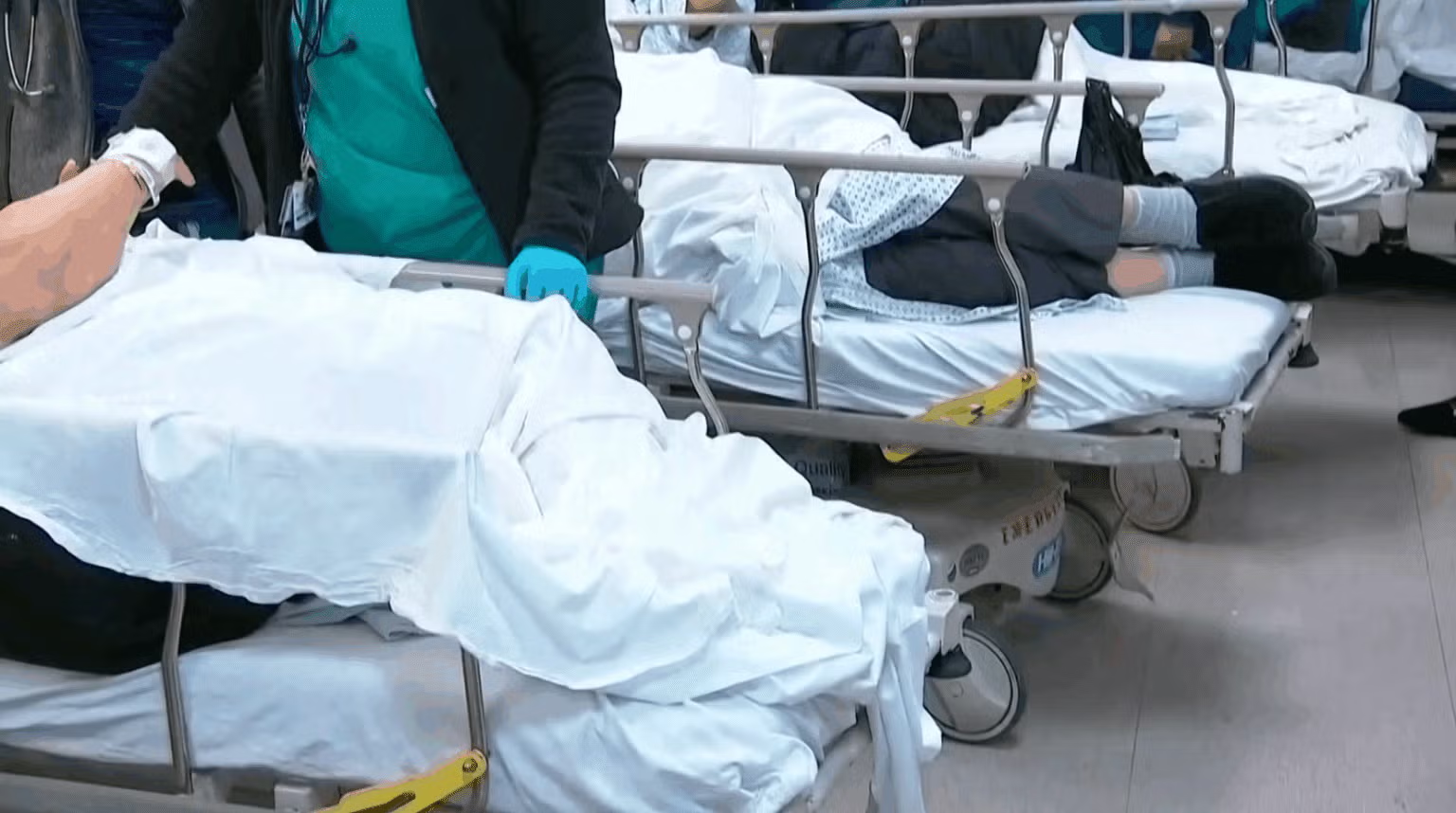

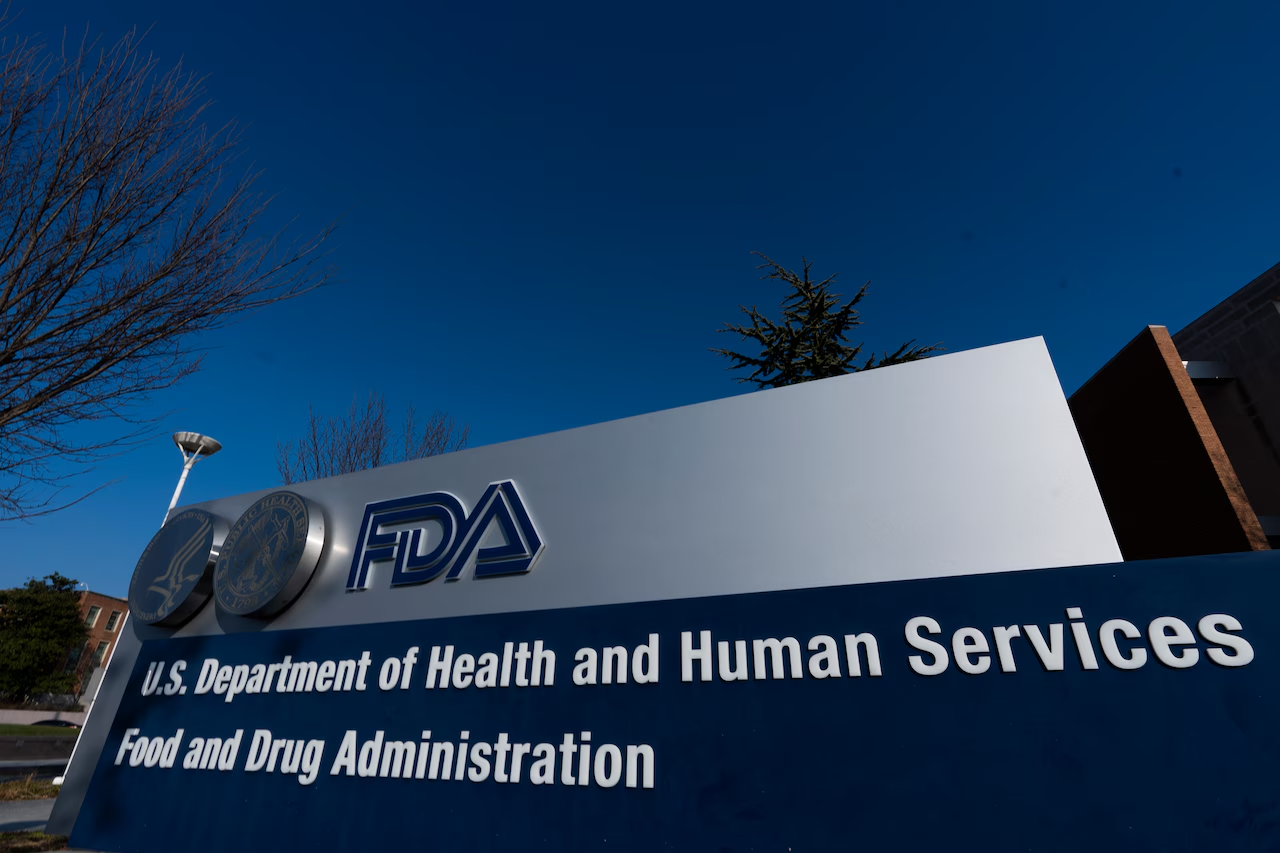

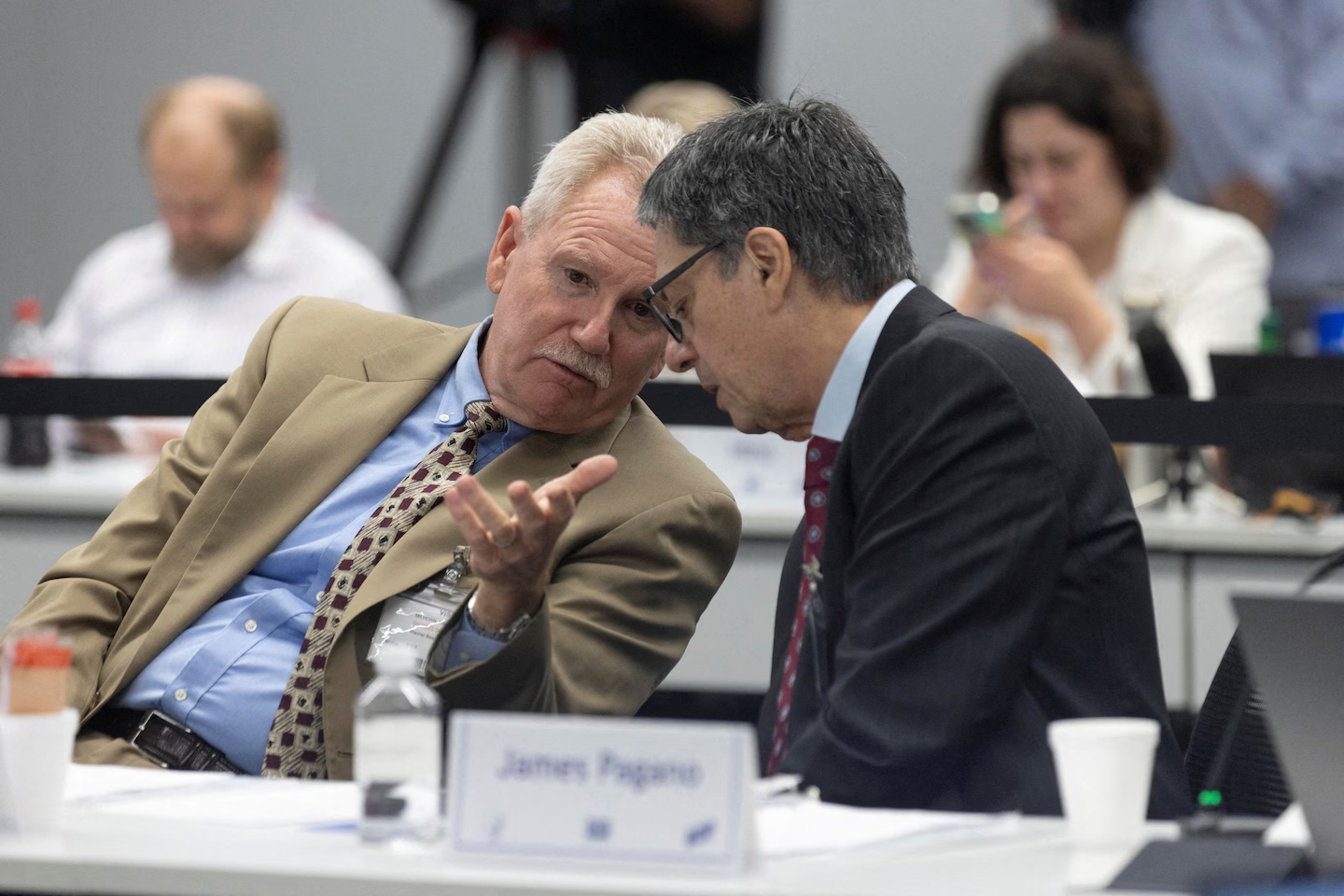
Leave a Reply